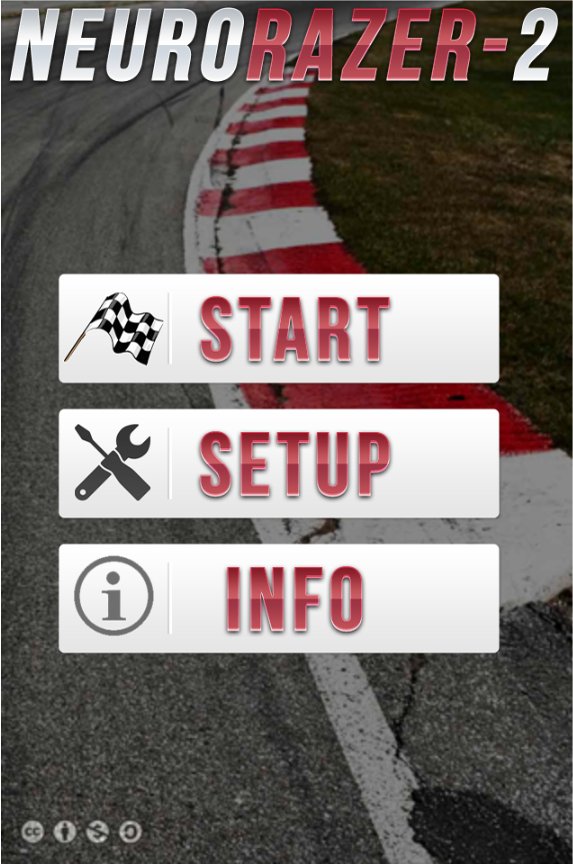Disruptive Horizons reads like a patient, well-informed friend who’s excited about the future but not starry-eyed. The book sketches small, believable ways technology could slip into everyday life — a workday made less tedious by smarter tools, a hospital visit guided by clearer data, or a weekend trip where better batteries and networks simply make things easier. It avoids the extremes of utopia and doom, choosing instead to show how ordinary routines might be nudged, step by step, by advances that already exist in labs and pilot projects.
What makes the book especially useful is its focus on people rather than components. Instead of only recounting the latest gadget or research paper, the author spends time on how choices — by companies, communities, and governments — will shape who benefits and how. That human-first approach turns abstract trends into concrete questions: will new tools widen access to healthcare or concentrate it? Will smarter systems free up time for creative work or erode certain kinds of jobs? Those are the kinds of practical dilemmas the book invites readers to think through, without turning the conversation into a lecture.
The writing is warm and full of short, memorable scenes that make the future feel close and comprehensible. You’ll meet simple examples that stick: a teacher using augmented tools to explain a tricky idea, a small business adopting automation that keeps the owner in control, or a neighborhood group negotiating how to share a new energy resource. Those narratives are not meant to be prophetic; they’re illustrative — tools for readers to imagine realistic paths forward and the everyday impacts those paths would have.
Balance is a running theme. The book is optimistic about the potential for better energy, more personalized medicine, and tools that enhance creativity, but it never glosses over the trade-offs. Privacy, equity, and governance appear repeatedly as practical issues that need attention now, not later. This makes the book a good fit for readers who want to be constructive participants in shaping technology rather than passive consumers of hype.
Because the chapters are concise and example-driven, the book works well in many settings: as a conversation starter for book clubs, a primer for students, or a briefing for teams planning long-term strategy. It gives readers enough background to ask smarter questions — about skills to develop, policies to advocate for, or community conversations to start — without demanding technical expertise.
In sum, Disruptive Horizons is an accessible, thoughtful guide to the near future that respects readers’ intelligence while keeping the focus firmly on real-life consequences. If you like grounded optimism mixed with practical reflection, this book will leave you informed and ready to join the conversations that will shape the next decade.



